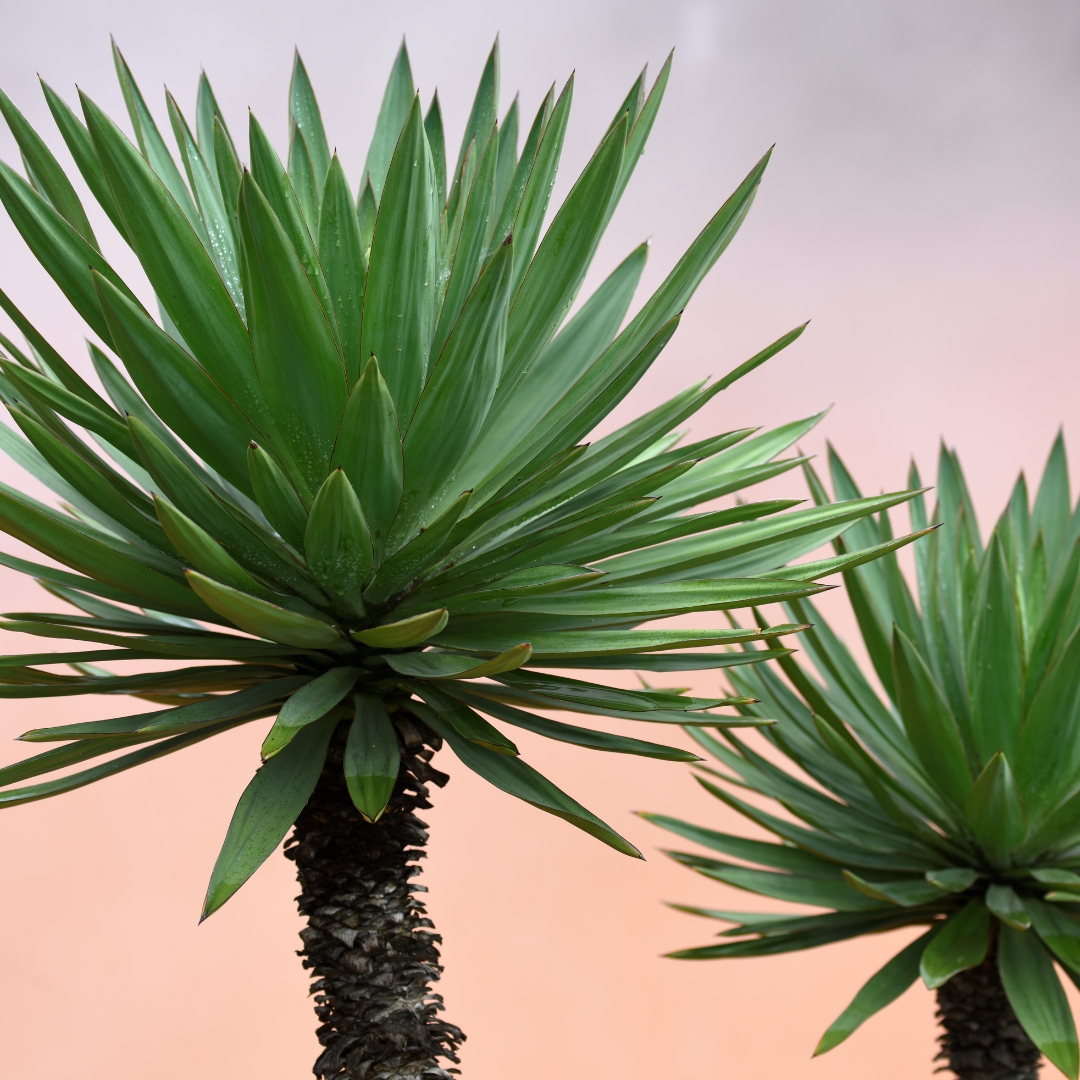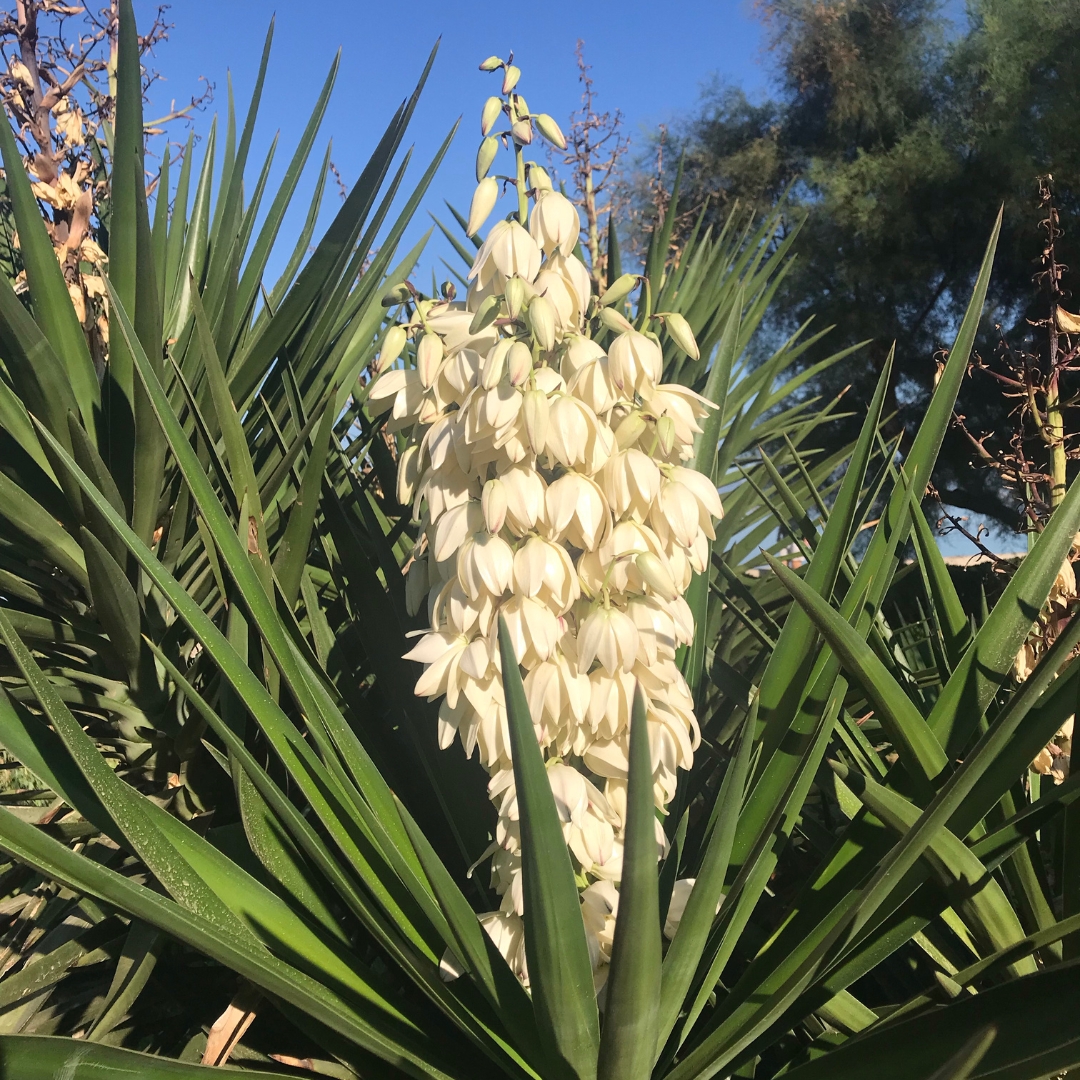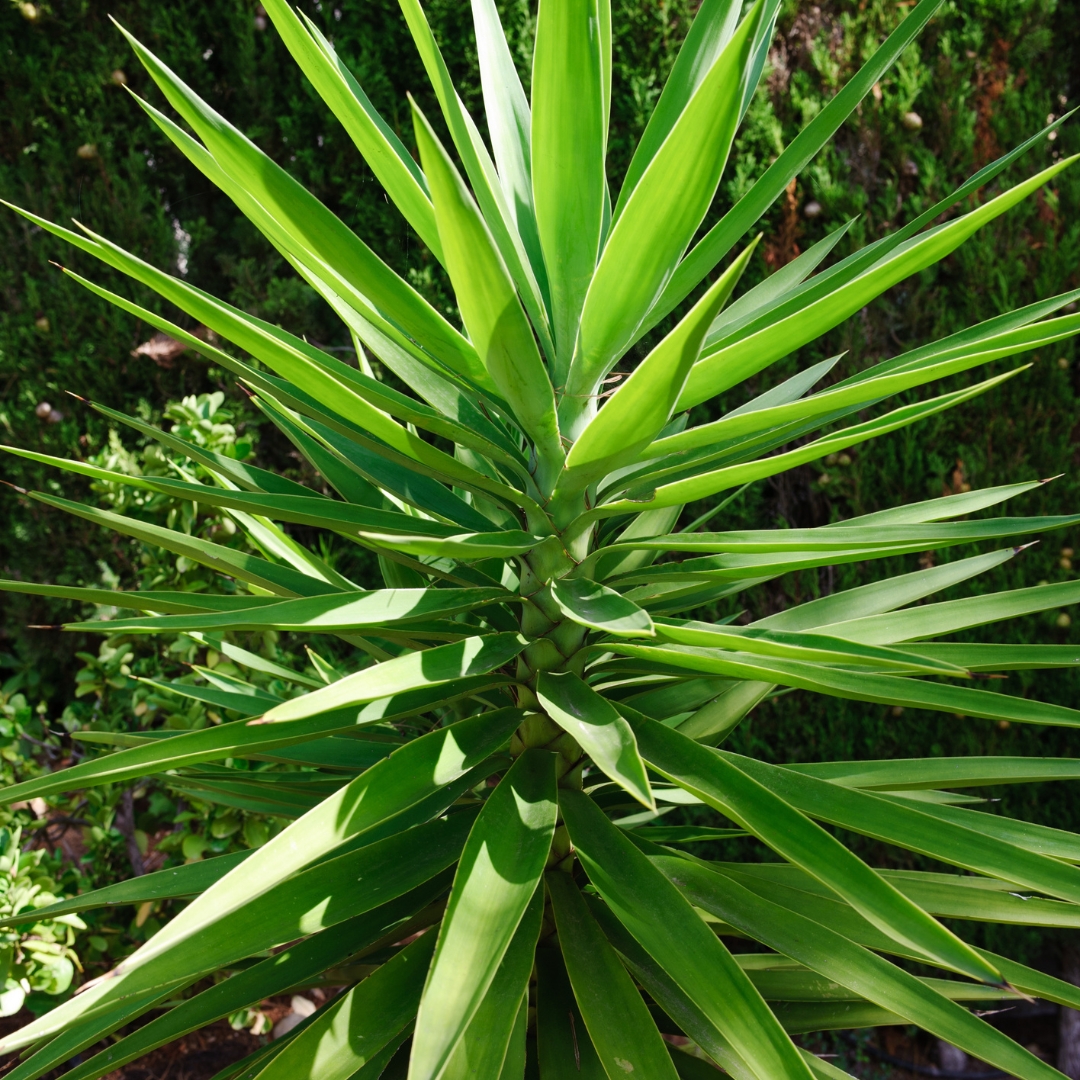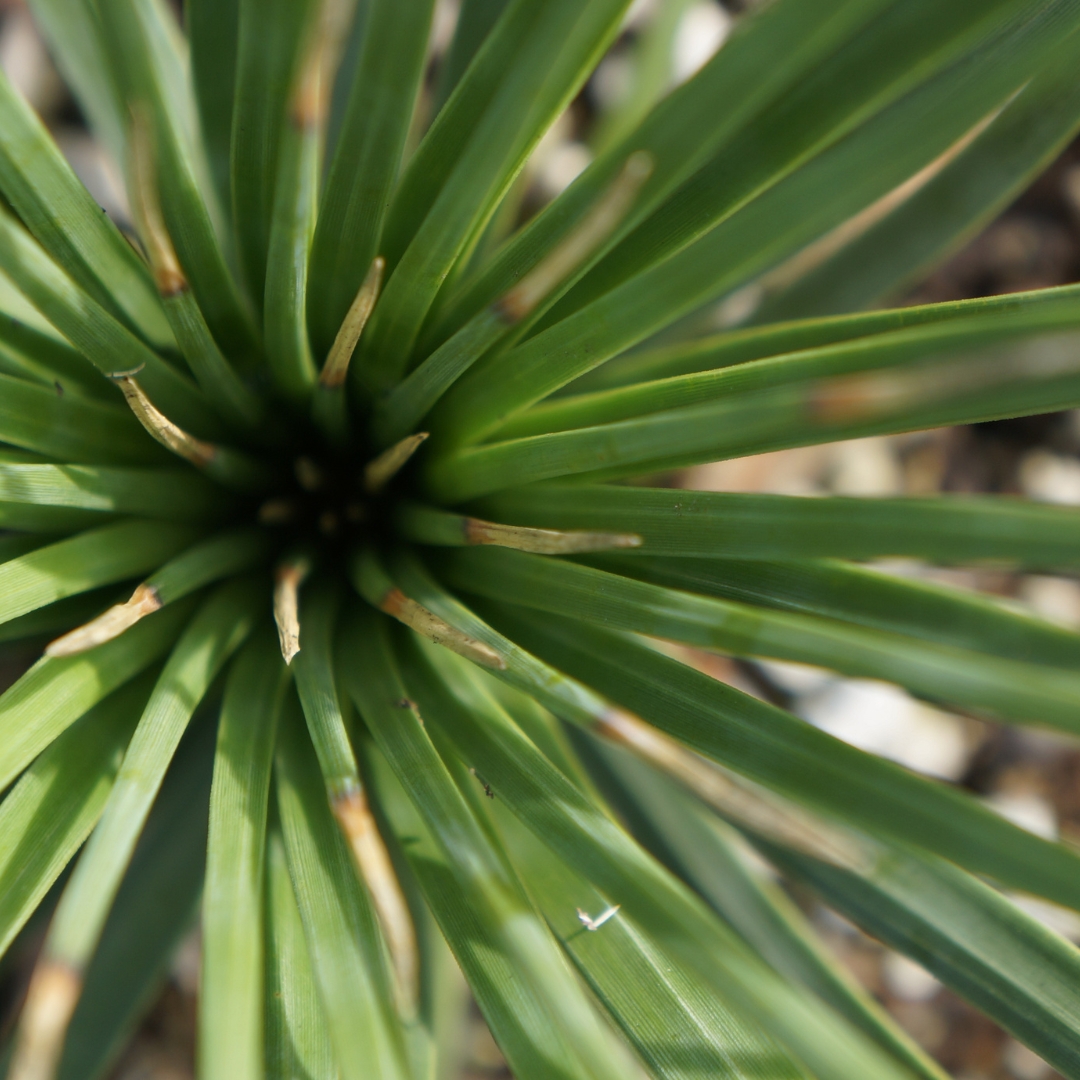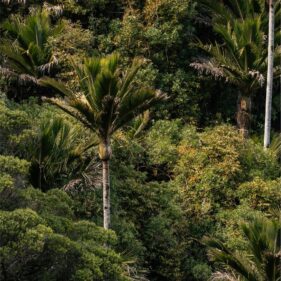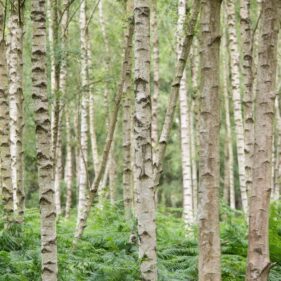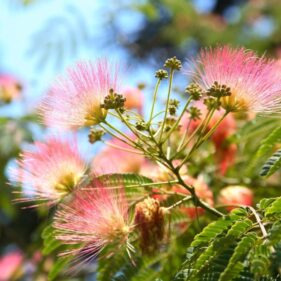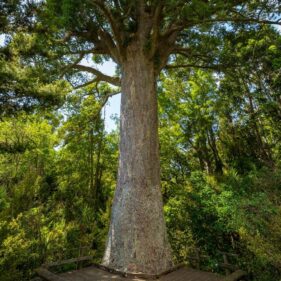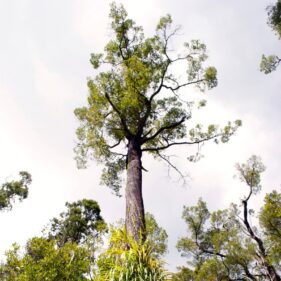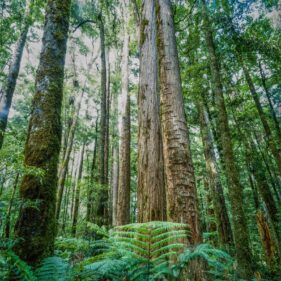Common name and scientific name: Yucca aloifolia, Spanish Bayonet
Origin and natural range: Native to the southeastern coastal regions of the United States. In New Zealand it prefers warmer costal environments, from Canterbury to the top of the North Island
Altitude range: 0-300m
Physical characteristics: Yucca makes a striking statement in most situations.
Growth rate and lifespan: Slow to moderate growth reaching 5-7m over a moderate life span.
Growing conditions: Yucca is a tough and hardy plant that can thrive in a variety of growing conditions. It is native to warm, dry regions and can tolerate full sun to partial shade. It is also drought-tolerant and can handle periods of dryness without suffering any ill effects.
The plant prefers well-draining soil and can grow in a wide range of soil types, including sandy, loamy, and rocky soils. It is also tolerant of salt spray, making it suitable for coastal gardens.
Uses and benefits: Yucca aloifolia is also grown as an ornamental plant in gardens and landscapes. Its striking, spiky leaves and impressive height make it a popular choice for adding interest and texture to outdoor spaces. The plant is also drought-tolerant, making it a great choice for xeriscaping.
Flowering and fruiting: Yucca aloifolia produces fragrant white flowers on a tall stalk, typically in the summer or fall. The flowers are bell-shaped and can be up to 3 inches long. The plant can take several years to reach maturity and produce flowers. After flowering, Yucca aloifolia can produce a woody capsule fruit that contains small black seeds.
Historical and cultural uses: Its roots and leaves have been used by Native Americans for centuries to make medicines, soaps, and even dietary supplements. The roots contain saponins, which are natural detergents and foaming agents that make them useful in making soaps and shampoos. The saponins are also believed to have anti-inflammatory and antioxidant properties.
Planting instructions: Yucca should be planted in well-drained soil, in a location that receives full sun. It is important to keep the soil consistently moist but definitely not waterlogged. They are drought tolerant once established. Mulching will always help. This ensures that the tree has a strong root system and is better able to establish itself in its new location. Try mulch mats for soil quality while establishing.

